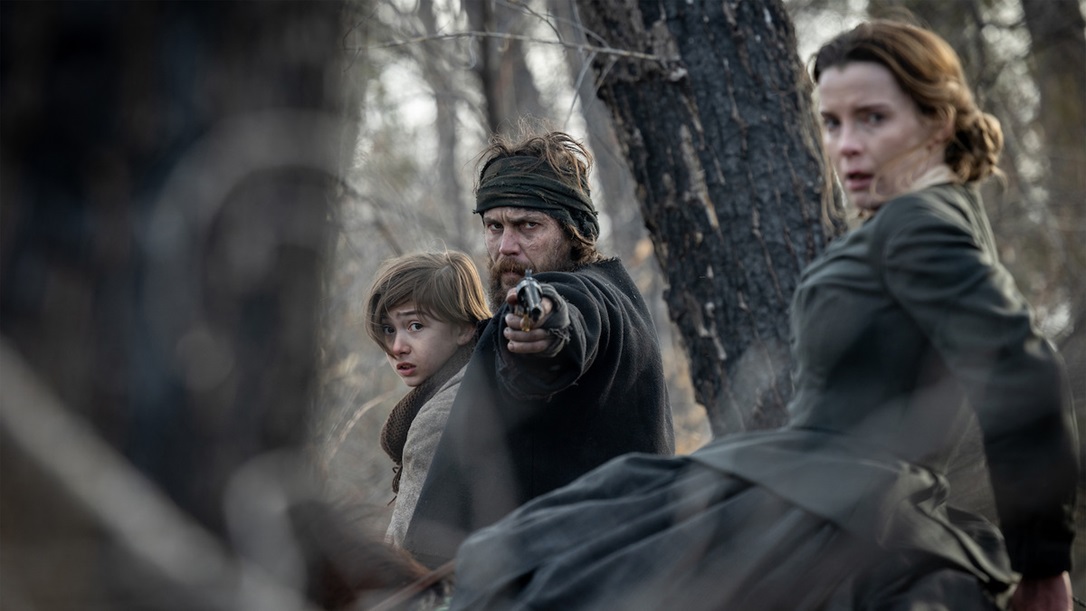A Gritty Western That Tells a Different Story of the Frontier
Summary
American Primeval is a gritty, six-episode Netflix Western set in 1857 Utah. It follows Sara, Isaac, and others navigating brutal conflicts and moral ambiguities, blending historical drama with raw, unromantic frontier survival.
Overall
-
Plot
-
Narrative
-
Acting
-
Characterization
-
Pacing
Many modern Westerns attempt to capture the brutal realities and moral complexities of frontier life, yet few succeed as thoroughly as Netflix’s American Primeval. This six-episode limited series aims to revive the grit of classic Westerns while incorporating contemporary storytelling elements. Set in the Utah Territory of 1857, it explores the collision between human ambition and an unforgiving wilderness, delving into themes of survival, prejudice, and expansion. Our review of American Primeval explores whether the show is worth the hype it garnered shortly after its release.
From its opening moments, the series makes it clear that the frontier is no place for the faint of heart. Violence arrives swiftly, and moral ambivalence pervades every interaction. At the center of it all is Sara Rowell (played by Betty Gilpin), who flees the Northeast with her son Devin (played by Preston Mota) in search of safety. Their journey is fraught with constant peril, highlighting the fragile nature of life where both natural hazards and human threats loom large.
One narrative thread follows Sara and a brooding mountain man named Isaac Reed (portrayed by Taylor Kitsch). Their partnership unfolds against the rugged backcountry, alongside Two Moons (played by Shawnee Pourier), a Shoshone girl burdened by her own heartbreak. This storyline blends moments of tenderness with unrelenting violence, reminding us that forging alliances can offer protection but cannot guarantee security. Isaac’s quiet demeanor, shaped by a troubling past, complements Sara’s protective maternal instincts.
Simultaneously, American Primeval delves into the Mormon War of 1857–1858, drawing inspiration from the Mountain Meadows Massacre. Kim Coates delivers a chilling performance as Brigham Young, depicted as a ruthless leader bent on consolidating power for his people. This historical thread adds depth, though at times it ventures into dramatized territory. By focusing on the Mormon militia as antagonists, the show highlights how religion can inspire community but also spark brutal conflict.
The series does not shy away from gruesome details. In the first episode, a massacre unfolds in shocking clarity, with camerawork that thrusts us into the heart of the mayhem. Long takes and close-ups amplify the terror, conveying the ruthless nature of frontier life. These artistic choices serve a purpose: they show how quickly chaos can overwhelm even the best-prepared travelers. Though intense, these visuals ground the narrative in stark reality, reminding us that the forces at play are larger and more dangerous than anyone can control.
Gilpin shines as Sara Rowell, projecting fierce determination balanced by vulnerability. Her devotion to her son creates intense conflicts, especially when Isaac’s silent reserve clashes with her maternal resolve. Gilpin’s portrayal underscores Sara’s transformation from fearful fugitive to capable survivalist, showing how desperation can spark both courage and empathy. Through her eyes, we sense the fragile bonds that form among strangers on a shared road.
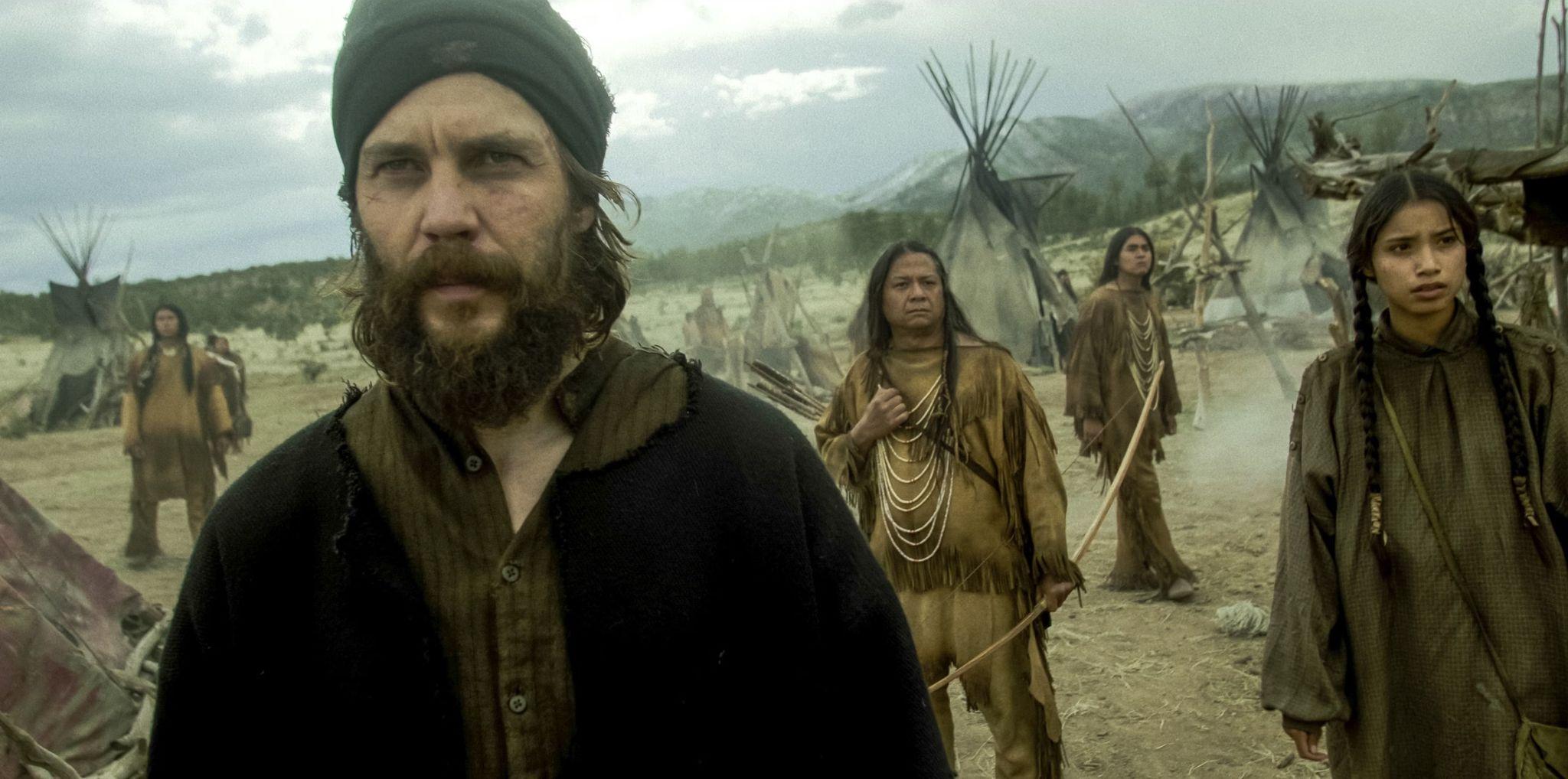
Taylor Kitsch’s Isaac Reed reinforces the show’s thematic focus on resilience and hidden wounds. He seldom speaks about his past, yet carries it like an invisible weight. This portrayal offers subtle glimpses of a man shaped by trauma, one who knows the cruelty people inflict on each other. The chemistry between Isaac and Sara adds emotional depth, though it can drift into familiar Western tropes of a stoic hero and a protective mother figure.
Saura Lightfoot-Leon excels as Abish Pratt, a young Mormon woman ensnared in a cycle of violence. She seeks refuge from her own kin and finds unexpected allies along the way. Her journey illustrates how faith can be both a comfort and a weapon, depending on who wields it. Meanwhile, Shea Whigham’s Jim Bridger offers a pragmatic perspective as a landowner caught between competing forces, warning that religious extremism often tramples anyone who stands in its way.
Despite compelling performances, American Primeval occasionally stumbles in its pacing and structure. While the cinematography is often breathtaking, the reliance on shaky camera movements and rapid cuts can undermine immersion. These choices, intended to reflect frontier chaos, sometimes muddle the action instead. A more measured approach might have heightened tension without sacrificing clarity.
Another challenge is the show’s ambitious attempt to weave multiple storylines within limited time. At six episodes, the series sometimes leaves characters underdeveloped. Sara and Isaac’s bond is emotionally resonant, yet Abish’s journey and the wider conflict involving Brigham Young can feel rushed. This disjointedness is most apparent in the finale, where abrupt resolutions prevent certain arcs from reaching their full potential.
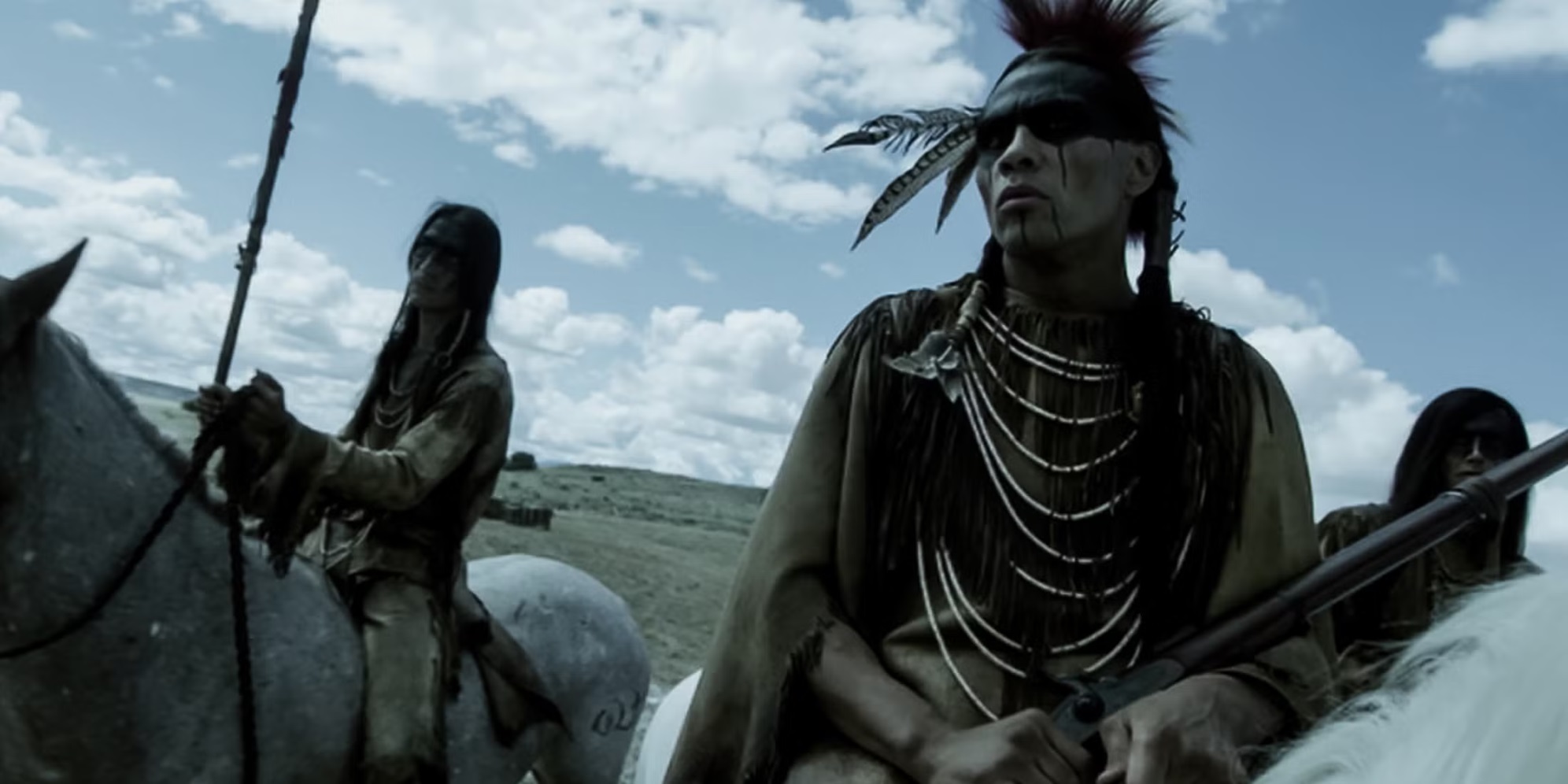
Native American tribes play a pivotal role, but they are not always given enough space to tell their own stories. The Shoshone are portrayed sympathetically, with care taken to acknowledge their traditions and internal conflicts. Yet these elements are mostly viewed through the eyes of white characters like Isaac, Sara, or Jacob Pratt (played by Dane DeHaan). As a result, the show falls short of offering a fully realized Native perspective on the unfolding violence.
Still, American Primeval succeeds in its broader examination of civilized society versus savagery. The Utah Territory feels both vast and claustrophobic, reflecting the uncertainty faced by those who dare to settle there. Civilization promises order, but the show reveals how quickly that veneer can crumble in the face of greed, desperation, and blind faith. The environment itself takes on an almost mythic quality, shaping destinies and fracturing moral codes.
The series delves into how religious fervor can unite a community, yet also ignite cruelty. The Mormon militia is not a monolith; some members show hesitation, while others commit atrocities in the name of piety. This complexity offers a nuanced look at faith’s power to inspire mercy or incite violence, depending on who interprets doctrine. American Primeval also shows how government forces, rather than offering relief, sometimes exacerbate tensions by imposing rigid control.
Characters on all sides grapple with ethical dilemmas. Even antagonists reveal moments of empathy, often overshadowed by brutal actions. This moral gray area underscores the show’s refusal to provide neat answers about good and evil. Instead, it posits that desperation and fear can warp anyone’s intentions, turning once well-intentioned individuals into willing participants in a cycle of bloodshed and oppression.
American Primeval also excels in its depiction of the harsh realities of frontier life. The series does not romanticize the Old West but instead presents a stark, unvarnished view of the challenges faced by those who ventured into these untamed lands. From the scarcity of resources to the constant threat of violence, every aspect of life is portrayed with a sense of authenticity that grounds the series in its historical context. This commitment to realism extends to the series’ attention to detail in costumes and sets, which effectively transport viewers back to the mid-19th century.
However, this commitment to realism can sometimes come at the expense of narrative coherence. The show’s attempt to balance historical accuracy with dramatic storytelling results in a complex web of plotlines that can be difficult to follow. The fast-paced nature of the episodes means that certain events and character developments are glossed over, leaving viewers with more questions than answers. This can be particularly frustrating for those seeking a more linear and straightforward narrative experience.
Despite these challenges, American Primeval remains a compelling watch for fans of the Western genre. Its unflinching portrayal of violence and moral ambiguity sets it apart from more sanitized modern Westerns, offering a raw and immersive experience that delves into the darker aspects of human nature and societal conflict. The series’ exploration of themes such as survival, prejudice, and the impact of religious extremism provides a thought-provoking commentary on the forces that shaped the American frontier and, by extension, the nation itself.
The series’ final episodes attempt to bring together the various narrative threads, but the limited runtime proves insufficient to fully resolve the complex web of conflicts and character arcs. The finale’s rushed pacing leaves some storylines feeling incomplete, and the emotional resolution for certain characters lacks the depth that the series had built up throughout its run. This leaves the audience yearning for more, wishing that American Primeval had the luxury of time to fully explore its rich tapestry of stories.
In terms of production value, American Primeval stands tall. The cinematography captures the expansive beauty and stark harshness of the Utah Territory, with sweeping landscapes that emphasize the isolation and vulnerability of the characters. The use of natural lighting and practical effects enhances the series’ realism, making the violence feel immediate and impactful. The musical score complements the visual elements, with a haunting and sparse soundtrack that underscores the series’ bleak and somber tone.
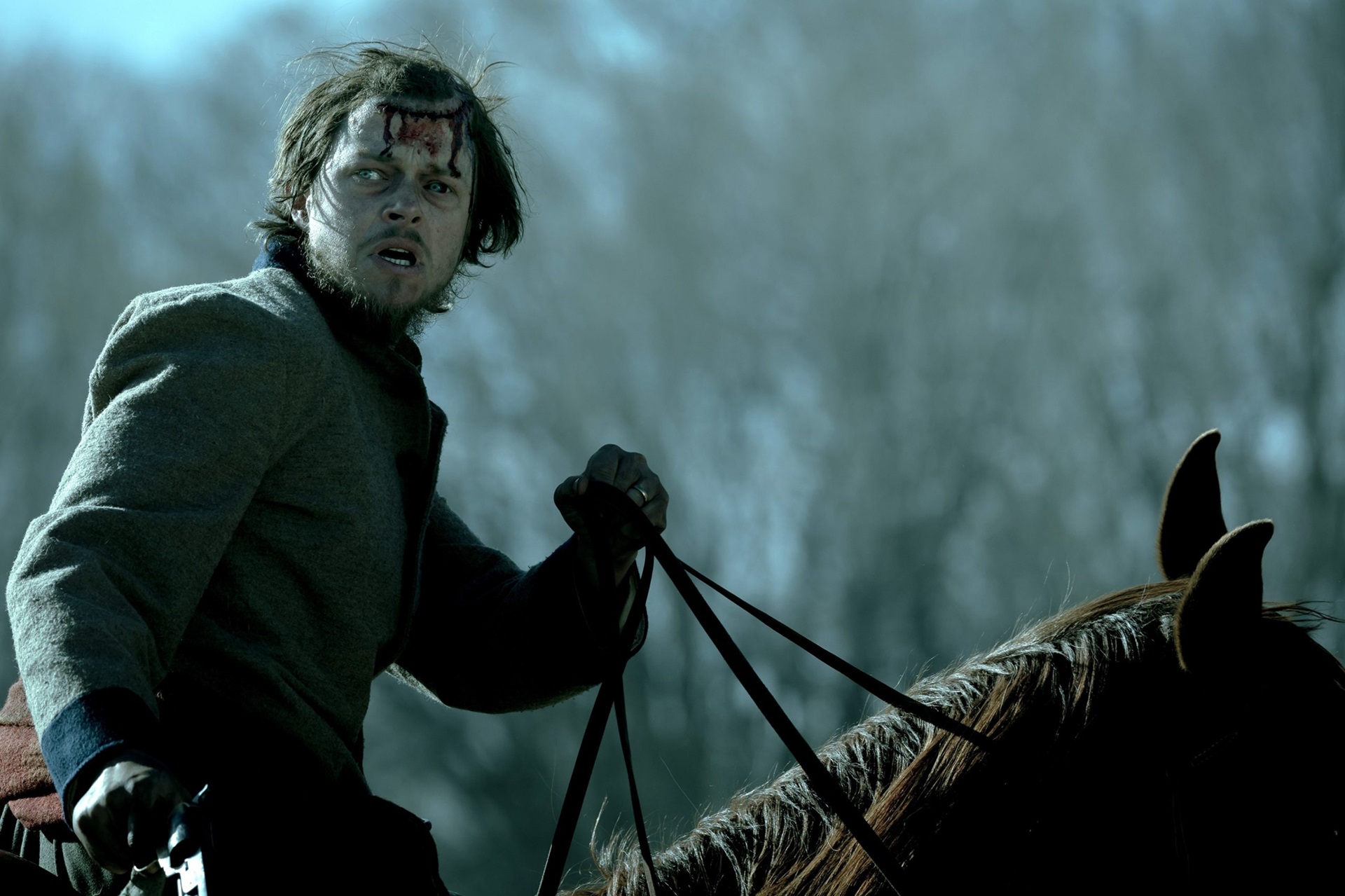
The direction, helmed by Peter Berg, is confident and assured, guiding the ensemble cast through the series’ complex narrative with a steady hand. Berg’s experience in both film and television is evident in the series’ pacing and structure, though at times the ambitious scope stretches the narrative too thin. Nonetheless, the overall execution is polished, with each episode contributing to the series’ overarching themes and character development.
For those who appreciate a Western that goes beyond the surface to explore the psychological and societal underpinnings of its characters, American Primeval offers a rewarding experience. It challenges viewers to confront the uncomfortable truths about the past and their lingering effects on the present, making it a relevant and impactful addition to the genre. However, the series’ structural shortcomings and occasional lapses in pacing may leave some viewers wanting more cohesion and depth.
In conclusion, American Primeval is a bold and ambitious entry into the modern Western landscape, offering a stark and unflinching portrayal of the American frontier. Its strong performances, particularly from Betty Gilpin and Taylor Kitsch, and its atmospheric setting create a compelling backdrop for a story steeped in violence and moral complexity. The series excels in its thematic exploration of civilization versus savagery and the impact of religious extremism, providing a thought-provoking commentary on a tumultuous period of American history.
However, the series is not without its flaws. The overreliance on stylistic cinematography, coupled with a fragmented narrative structure, can detract from the overall storytelling experience. The limited runtime restricts the series’ ability to fully develop its diverse array of characters and plotlines, resulting in a finale that feels rushed and incomplete. Additionally, the portrayal of Native American characters, while respectful, often falls short of fully exploring their individual stories and agency.
For fans of gritty, character-driven Westerns who appreciate a raw and immersive experience, American Primeval is certainly worth watching. Its unvarnished portrayal of a harsh and unforgiving landscape, coupled with complex character dynamics, provides a thought-provoking glimpse into a period of American history marked by conflict and transformation. Yet, those seeking a more tightly woven and polished narrative might find the series’ structural shortcomings disappointing.
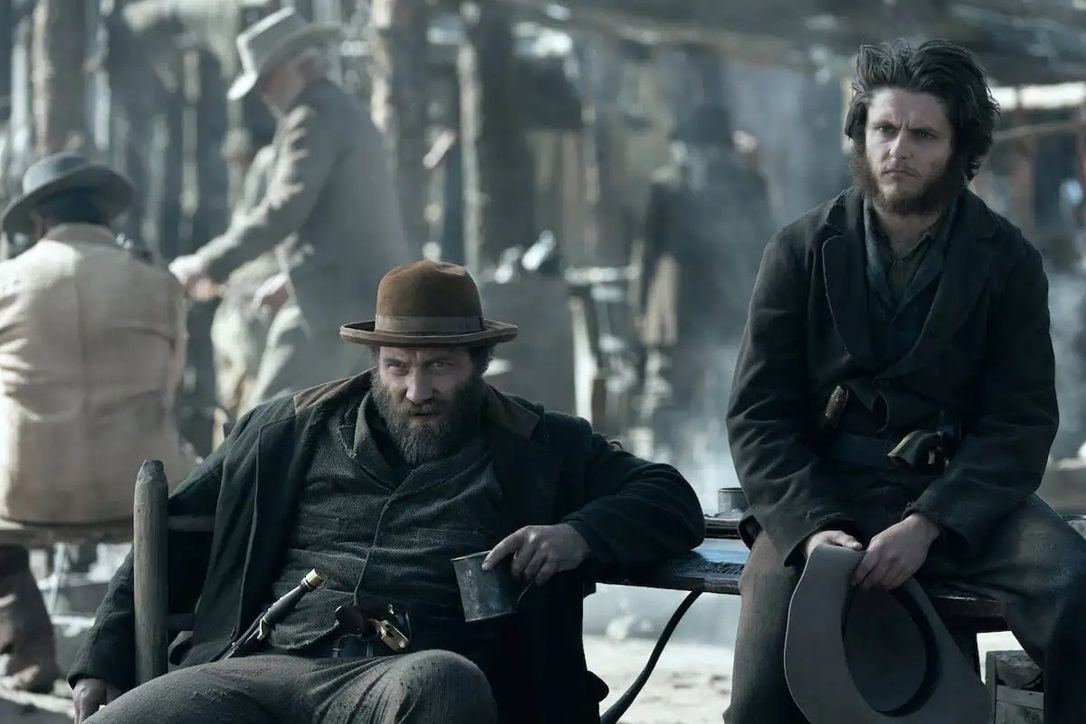
Ultimately, our American Primeval review concludes that the show effectively showcases the enduring allure of Westerns, capturing both their brutality and their capacity for profound human drama. It navigates the bloodstained trails of the American frontier with a sense of authenticity and emotional depth, offering a story that is as compelling as it is haunting. While it may not fully realize its potential, the series leaves a lasting impression, inviting viewers to reflect on the complex legacy of the American West and the enduring impact of its violent past.
While it might have aimed for even deeper character development or more balanced storytelling, American Primeval remains a worthwhile watch for anyone drawn to stories of survival on the unforgiving frontier. Its unromantic portrayal of nineteenth-century life, combined with moments of quiet humanity, provides a raw and compelling look at how fragile and resilient people can be. It does not shy away from depicting moral ambiguity or unthinkable violence, reminding us that the American West was never a simple canvas but a crucible for the best and worst of humankind.
Verdict: Our review agrees that American Primeval delivers a powerful and atmospheric Western experience, anchored by a talented cast and a vividly harsh setting. While its ambitious scope and stylistic choices may detract from the overall storytelling, the series remains a compelling watch for enthusiasts of the genre seeking a raw and intense portrayal of the frontier.

